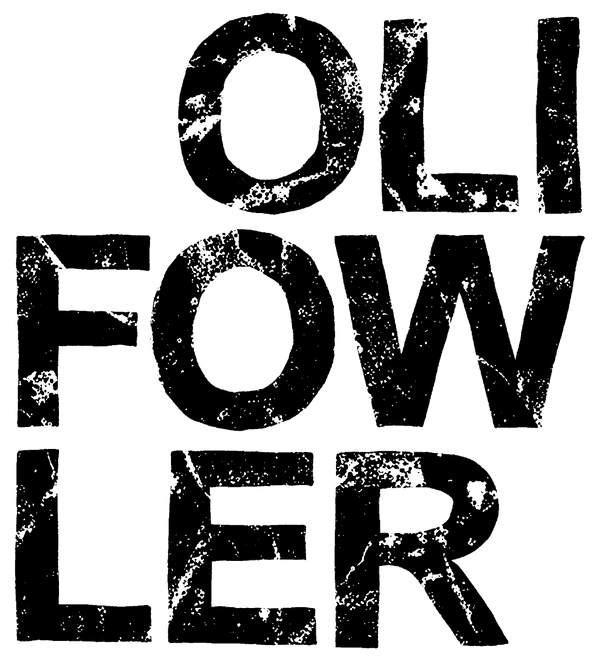
The Digital Mist: How Giclée Works
Think about your home office printer, but on steroids. A giclée print is made by a highly sophisticated inkjet printer that sprays microscopic dots of cyan, magenta, yellow, and black ink (CMYK) onto paper. It’s incredibly precise and can replicate millions of colours, creating a perfect, photographic reproduction of a digital file.
The key thing here is that the ink is absorbed *into* the fibres of the paper. It stains it. The final image is flat, smooth, and has no real physical texture. It's a high-quality reproduction, absolutely. But it is, at its heart, a reproduction. A file made physical by a machine interpreting data. There’s no direct human touch in the creation of the final piece.
The Squeegee's Push: A Physical Layer of Ink
Now, let's get our hands dirty. Screen printing is a physical, almost sculptural, process. For each colour in my design, a separate screen is prepared—a fine mesh stretched over a frame, with a stencil of the design blocking out parts of it. I'll mix a pot of ink to the exact colour I want. Not a colour profile on a computer, but a real pot of thick, vibrant ink.
Then comes the pull. The paper is placed under the screen, and I pour a line of ink on top. With a squeegee, I pull that ink across the mesh. The pressure forces it through the open parts of the stencil and deposits a solid, tangible layer *onto the surface* of the paper. You can see it. You can often feel it. It’s not a stain; it’s a layer with its own presence and texture. It sits proudly on the paper, not hidden within it.
Colour, Registration, and the Perfect Imperfection
Here’s where the real magic—and the skill—comes in. If a print has three colours, that’s three separate screens, three pots of custom-mixed ink, and three individual pulls with the squeegee. Each layer has to be dried before the next can be applied.
The most crucial part is 'registration', which is the tricky business of lining up each colour layer perfectly on top of the last. When you’re doing this by hand, there will always be minuscule, near-invisible shifts. A tiny overlap here, a whisper of a gap there. This isn’t a flaw. It’s the signature of the handmade process. It’s proof that a person, not a machine, made this. Each print in an edition from Oli Fowler Art is fundamentally the same, but no two are ever truly identical. That's what makes them originals in their own right.
So when you buy a screen print, you're not just buying an image. You're buying the layers. You're buying the deep, solid colours that can’t be replicated by a spray of dots. You're buying the process, the time, and the beautifully imperfect human touch that went into pulling that ink across that screen. It's an object with a story and a substance that a digital print just can't match.
Ready to see the difference for yourself? Have a browse through the prints in my shop and see what a real layer of ink looks like.
